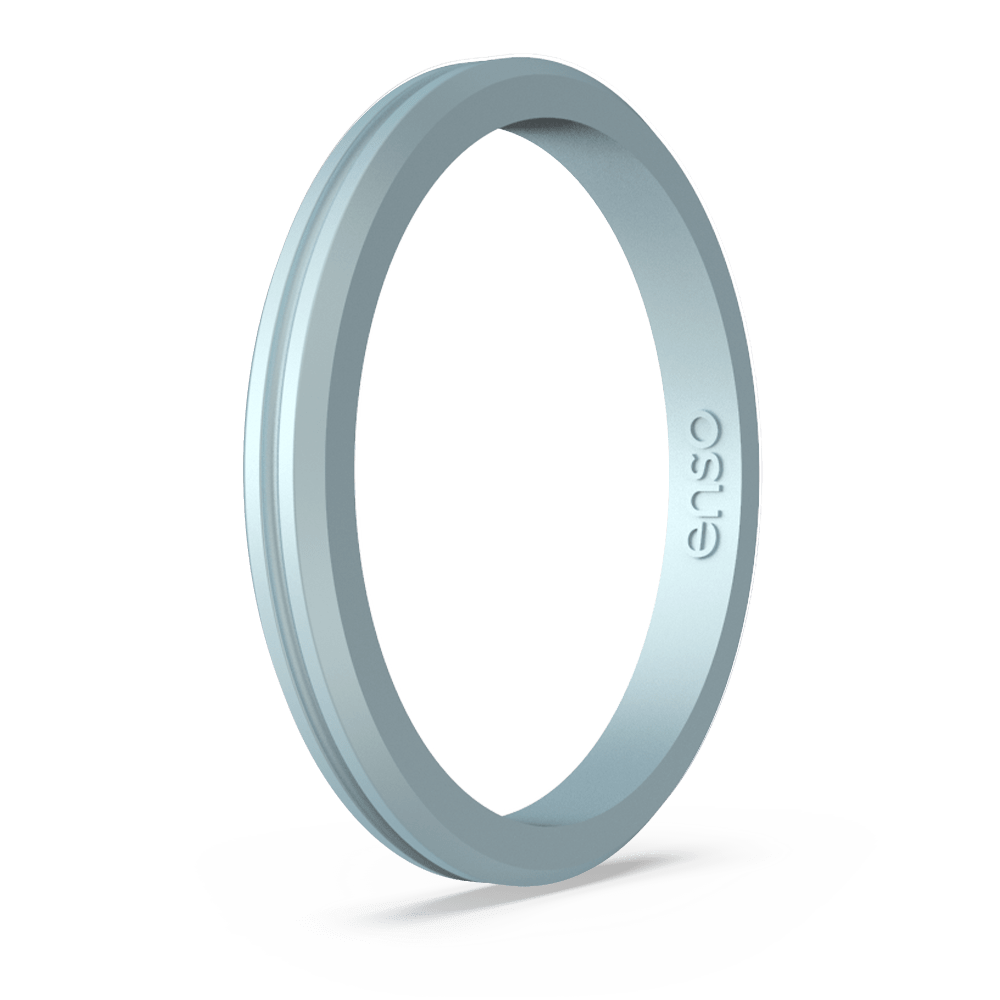

Earlier records exist, but with sparser coverage, largely confined to the Northern Hemisphere, and less standardized instrumentation. The period for which reasonably reliable instrumental records of near-surface temperature exist with quasi-global coverage is generally considered to begin around 1850. There is a small difference between air and surface temperatures.

"Global temperature" can have different definitions. Temperatures on other time scales are explained in global temperature record. The longest-running quasi-global records start in 1850. The longest-running temperature record is the Central England temperature data series, which starts in 1659. Instrumental temperature records are based on direct, instrument-based measurements of air temperature and ocean temperature, unlike indirect reconstructions using climate proxy data such as from tree rings and ocean sediments.


Temperatures are also measured in the upper atmosphere using a variety of methods, including radiosondes launched using weather balloons, a variety of satellites, and aircraft. Measurements were historically made using mercury or alcohol thermometers which were read manually, but are increasingly made using electronic sensors which transmit data automatically. Whilst many heavily-populated areas have a high density of measurements, observations are more widely spread in sparsely populated areas such as polar regions and deserts, as well as over many parts of Africa and South America. Instrument-based data are collected from thousands of meteorological stations, buoys and ships around the globe. Instrumental temperature records are distinguished from indirect reconstructions using climate proxy data such as from tree rings and ocean sediments. The instrumental temperature record is a record of temperatures within Earth's climate based on direct, instrument-based measurements of air temperature and ocean temperature. Datasets from different sources are highly correlated. Some global average temperature records date to 1850.


 0 kommentar(er)
0 kommentar(er)
